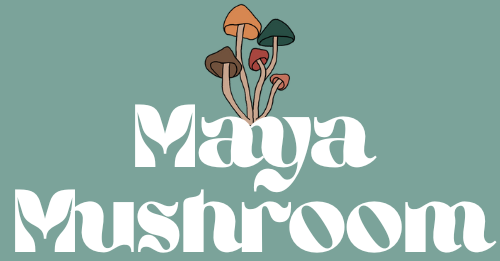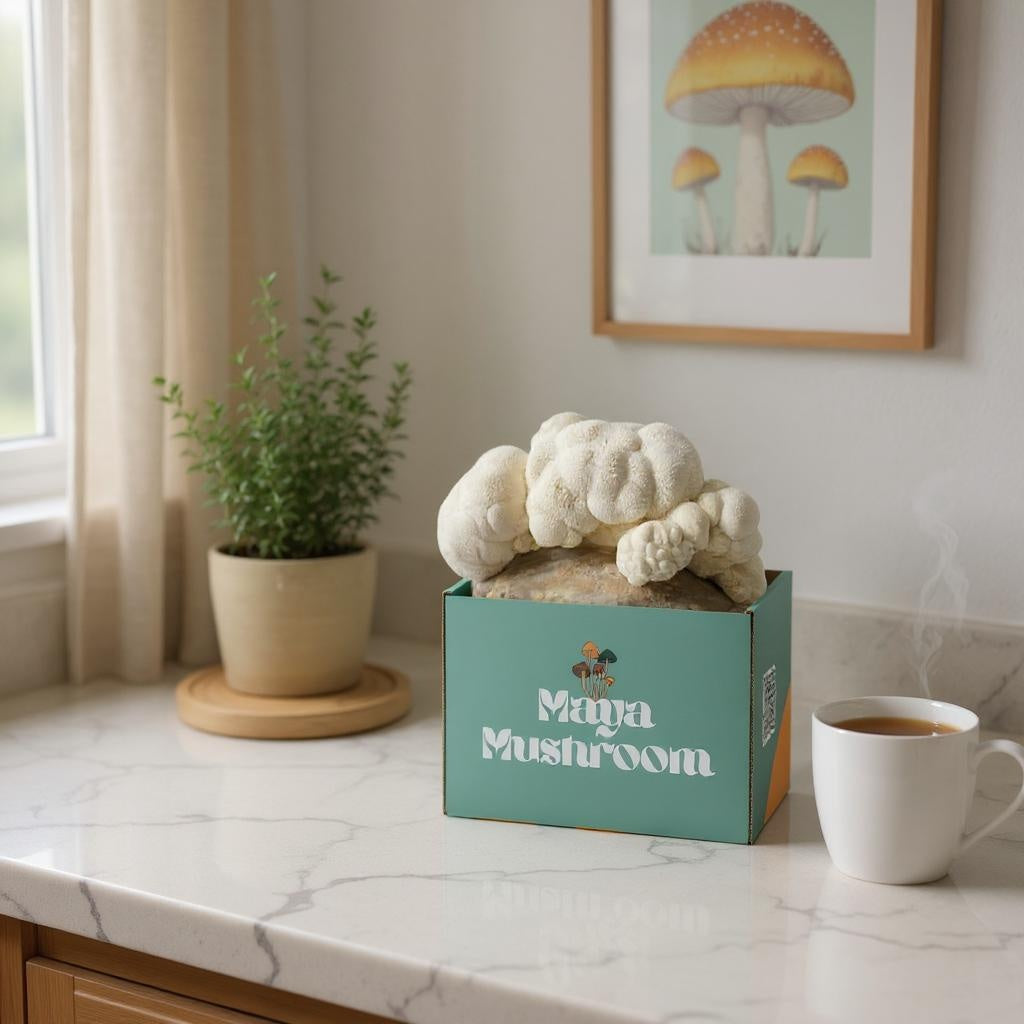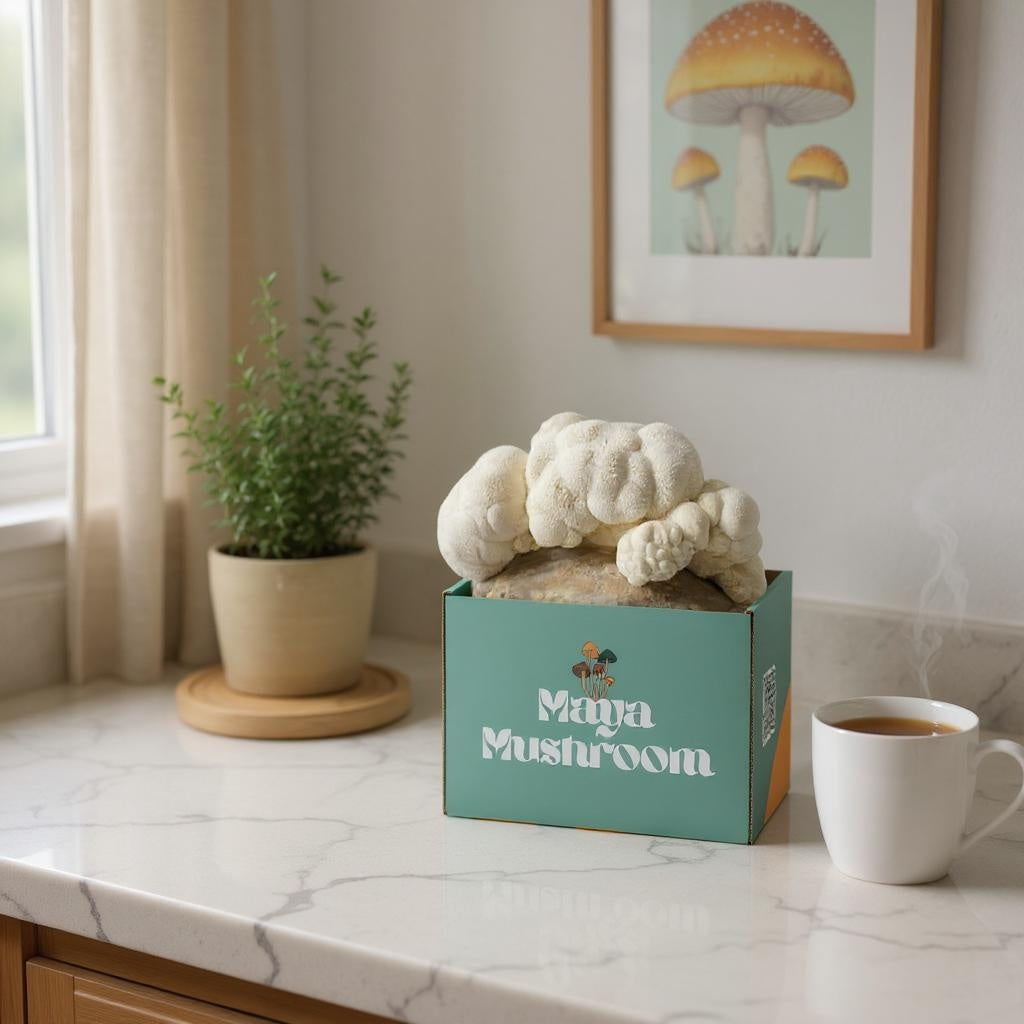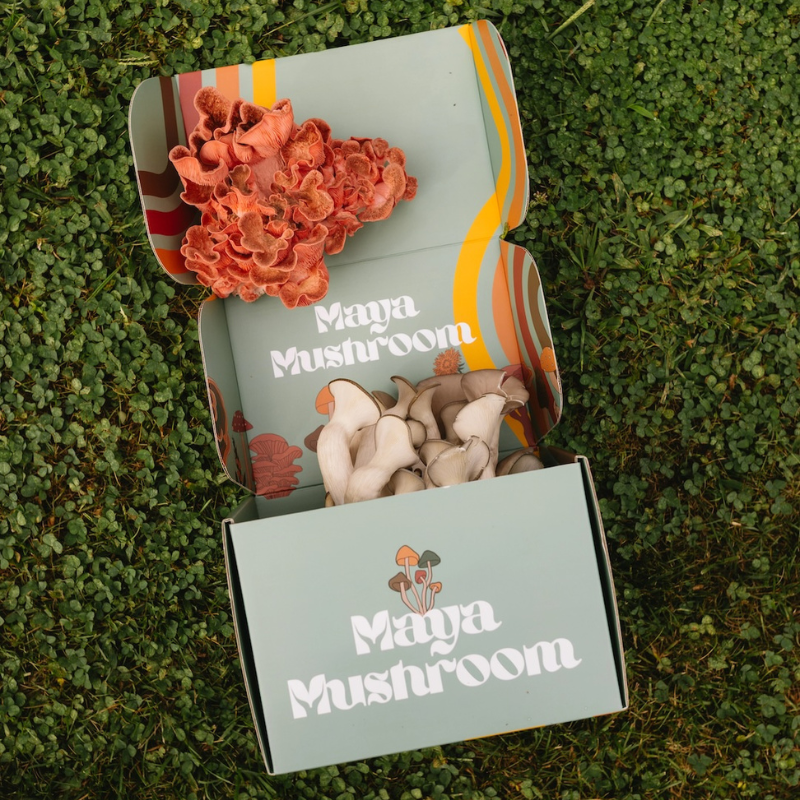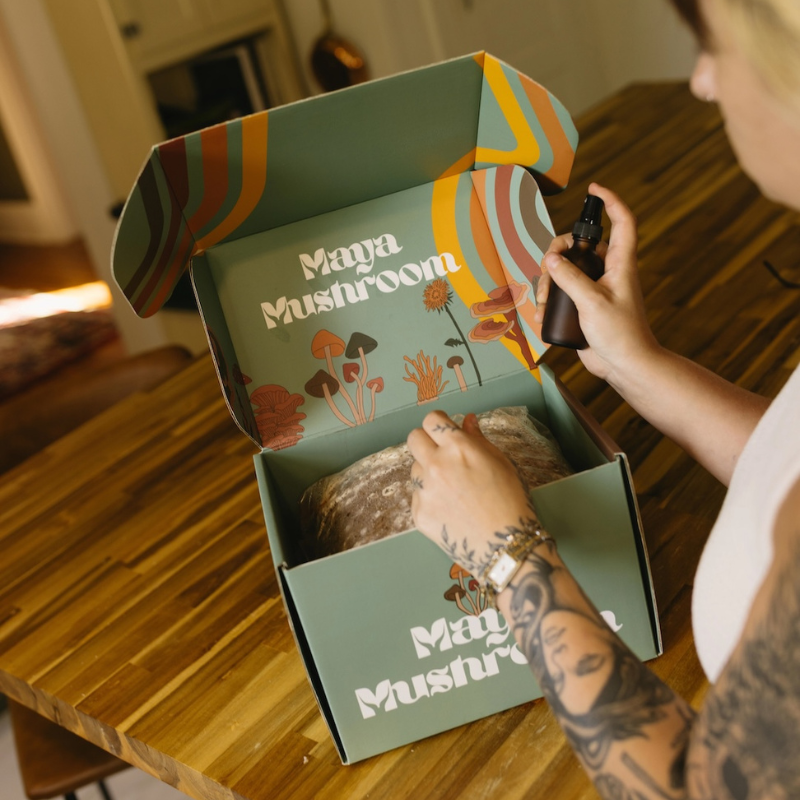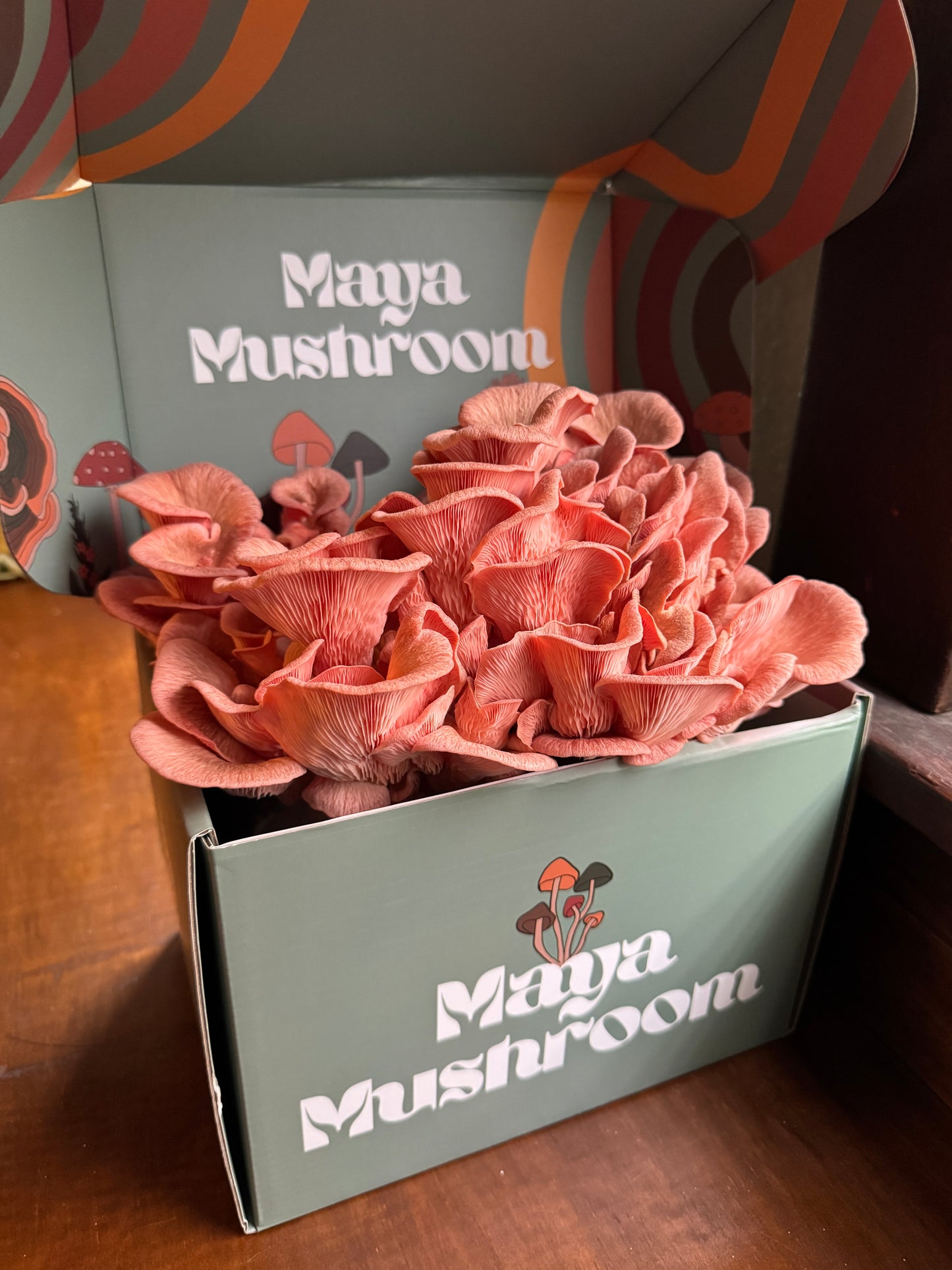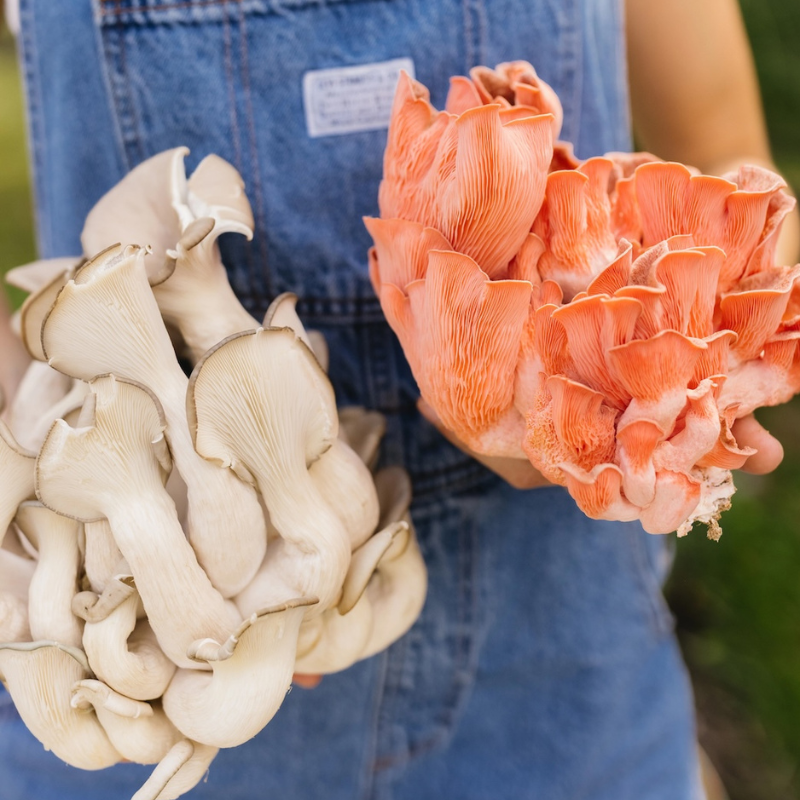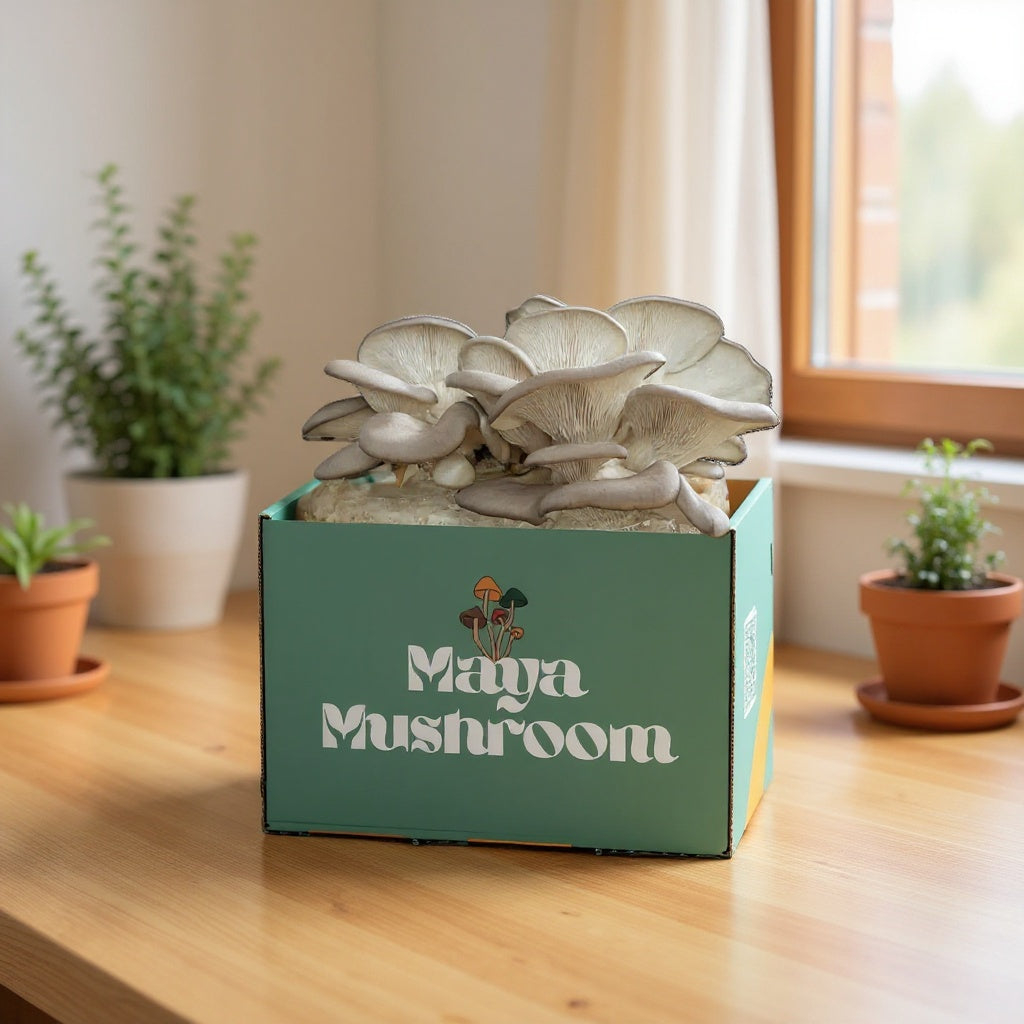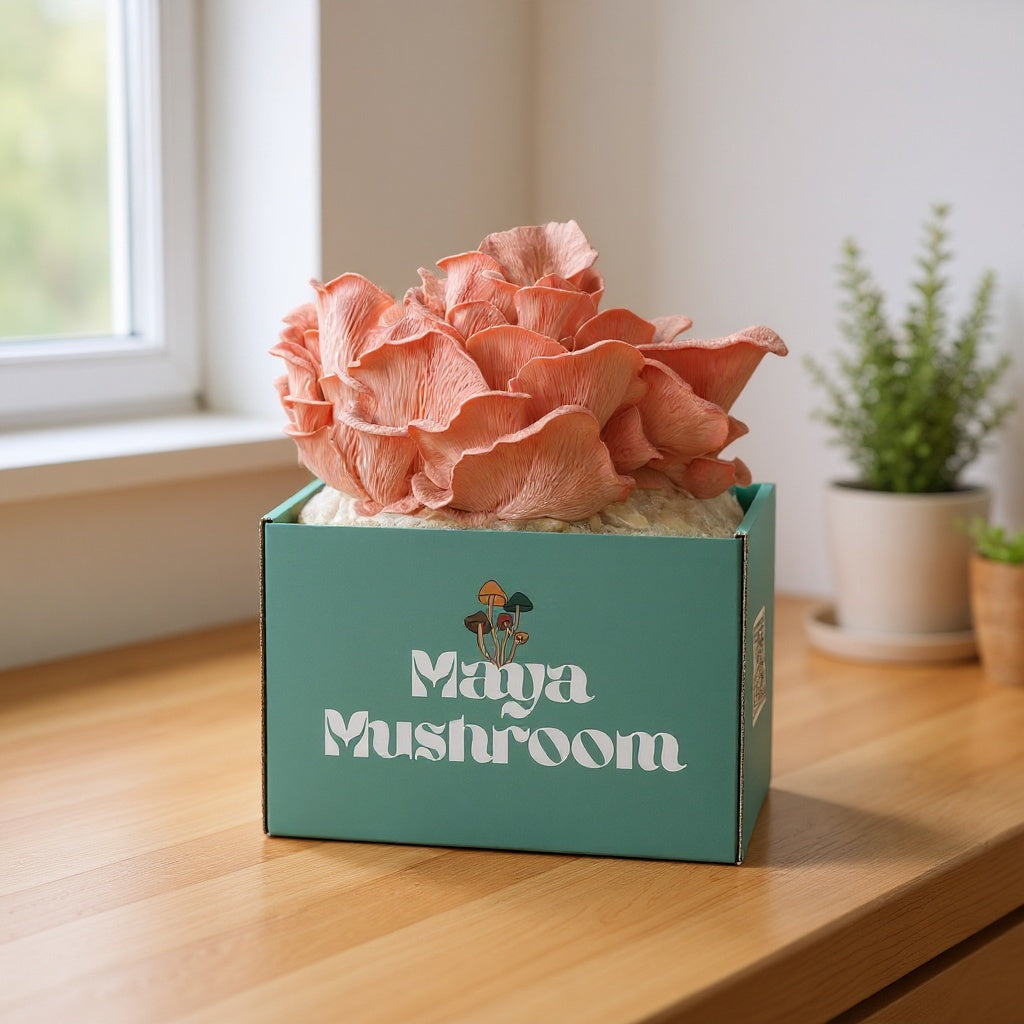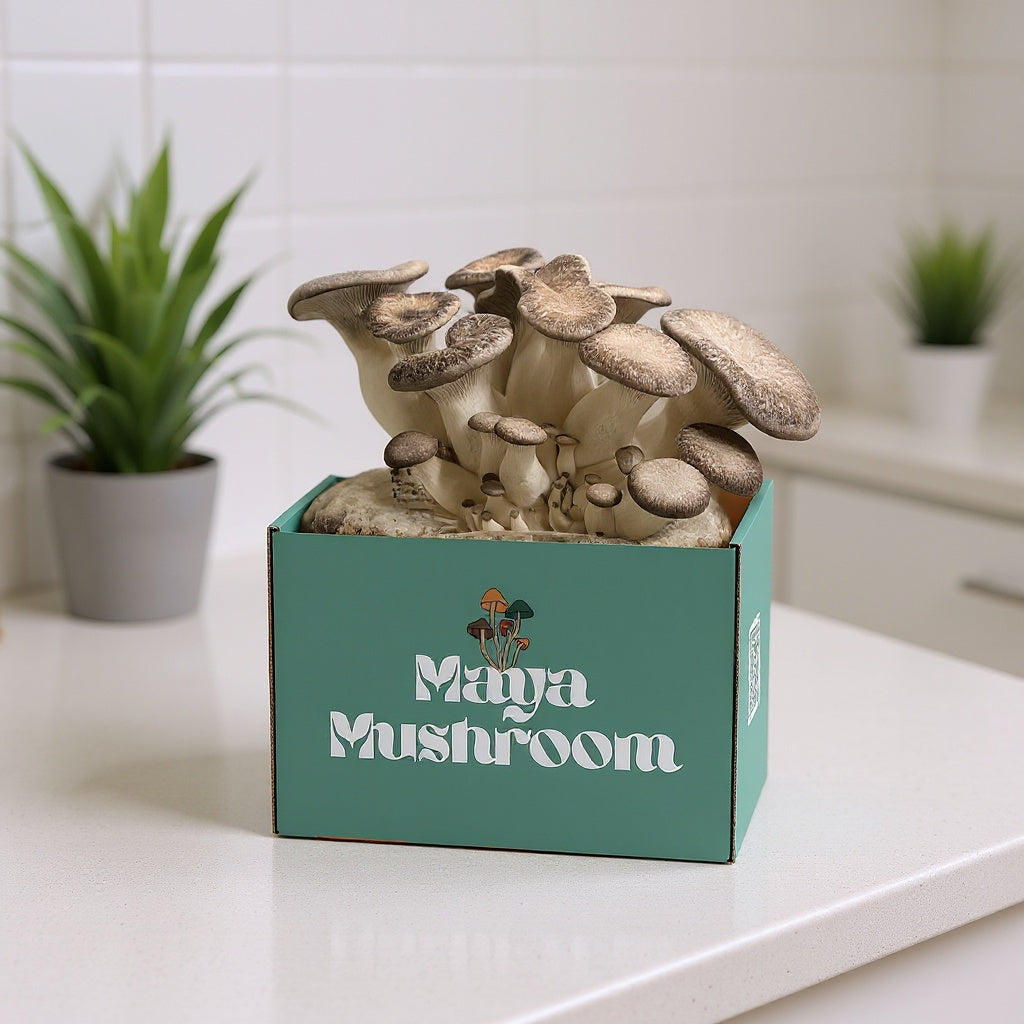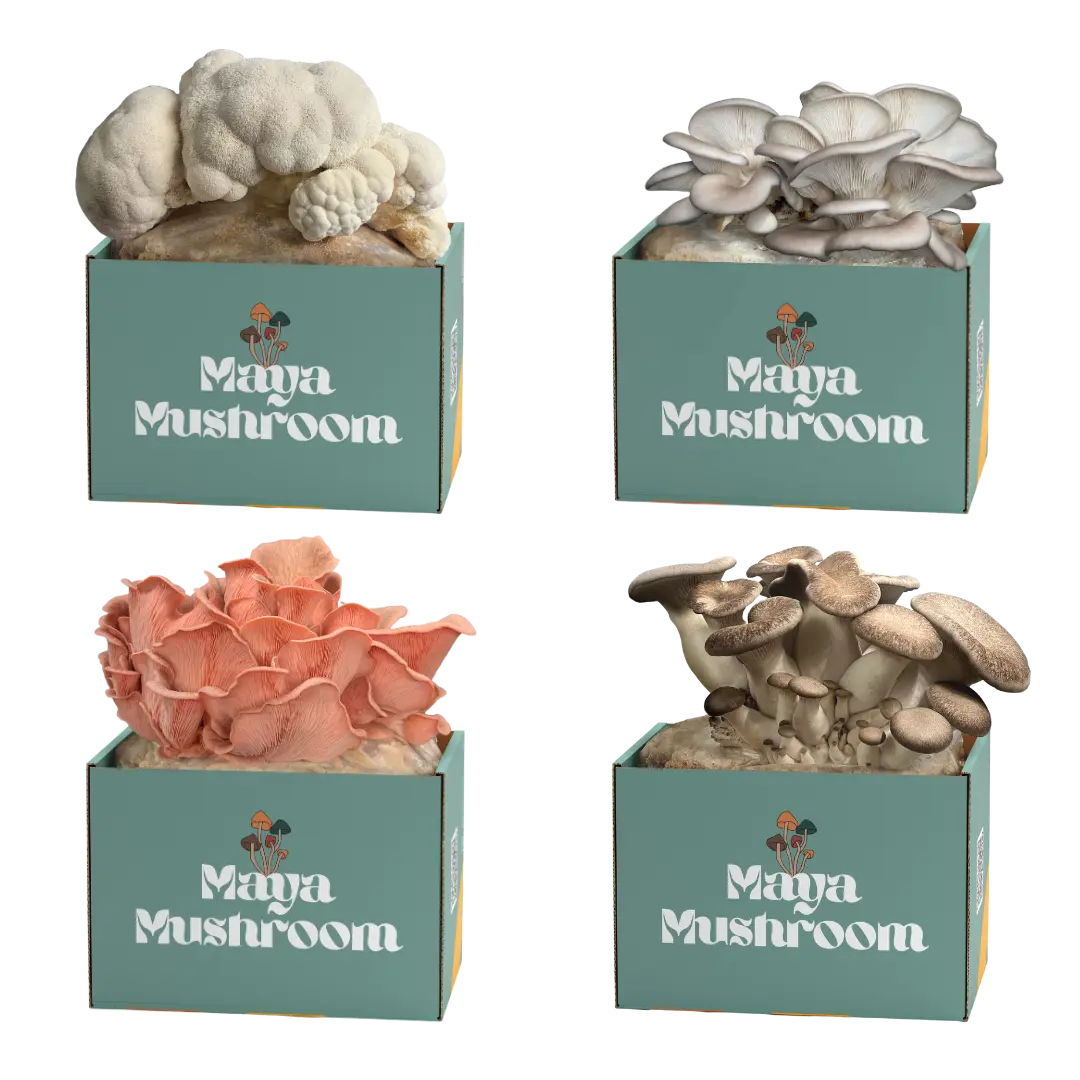The Gold Oyster Controversy: Why We Shouldn’t Be Growing It in North America
The Golden Oyster Mushroom (Pleurotus citrinopileatus) is stunning. Bright yellow caps, fast growth, and eye-catching clusters make it a favorite among home growers. But beneath that beauty is a growing concern among ecologists and experienced cultivators. This species does not belong here.
A Beautiful Invader
Originally from Eastern Asia, the Gold Oyster has spread across North America in recent years through both intentional cultivation and accidental escape. While it is prized for its color and mild flavor, the problem is not how it tastes. The problem is how it behaves once it gets outside.
Unlike other oyster mushrooms, P. citrinopileatus is unusually aggressive. It breaks down wood using a set of enzymes called laccases, which specialize in oxidizing phenolic compounds. This allows it to colonize hardwoods faster than native fungi, especially those weakened by pests or environmental stress.
The Perfect Storm: Gold Oyster Meets Ash Trees
In North America, the Gold Oyster has found an almost perfect partner in ash trees. After the emerald ash borer wiped out millions of these trees, their dead wood became an open invitation for decay fungi. Most native decomposers take time to move in. Gold Oyster does not wait.
Its laccase-heavy attack quickly clears away natural fungal inhibitors in wood. This allows it to dominate early and block native species from re-establishing. Researchers tracking wild Gold Oyster sightings found that over 70 percent of reports occur in areas with high ash mortality. This suggests the species is spreading along the same paths left by emerald ash borer destruction.
Displacing Native Fungi
This rapid colonization means Gold Oyster can outcompete local decomposers, reducing the diversity of fungi that once maintained healthy forest recycling cycles. In simple terms, it is throwing off the balance of who gets to eat the dead wood. This ripple effect can reach insects, soil microbes, and tree regeneration.
Native oyster species like Pleurotus pulmonarius and Pleurotus ostreatus decompose wood more slowly and cooperatively, leaving room for other organisms to share the habitat. Gold Oyster, by contrast, tends to take over and leave little behind but a monoculture of its own fruiting bodies.
Why Cultivation Makes It Worse
Every time Gold Oyster is grown outdoors, even on logs or straw, there is a risk of spores escaping into the wild. Spores can travel miles through wind and water. They can land on dead or dying wood where they establish new colonies. Once it is out there, there is no realistic way to contain it.
This does not mean you should not grow mushrooms at all. Only that choosing native or regionally adapted species is the responsible path. Varieties like Lion's mane, Chestnut, and Blue/White oysters are better suited for North American ecosystems. They provide the same yield and flavor without the ecological risk.
The Bottom Line
The Gold Oyster might look like sunshine on a log, but its spread is already reshaping fungal communities across the continent. By avoiding its cultivation, growers can help protect native biodiversity and support the long-term health of local forests.
Beauty is not always harmless. Sometimes the most responsible choice is the one that lets nature keep its balance.
